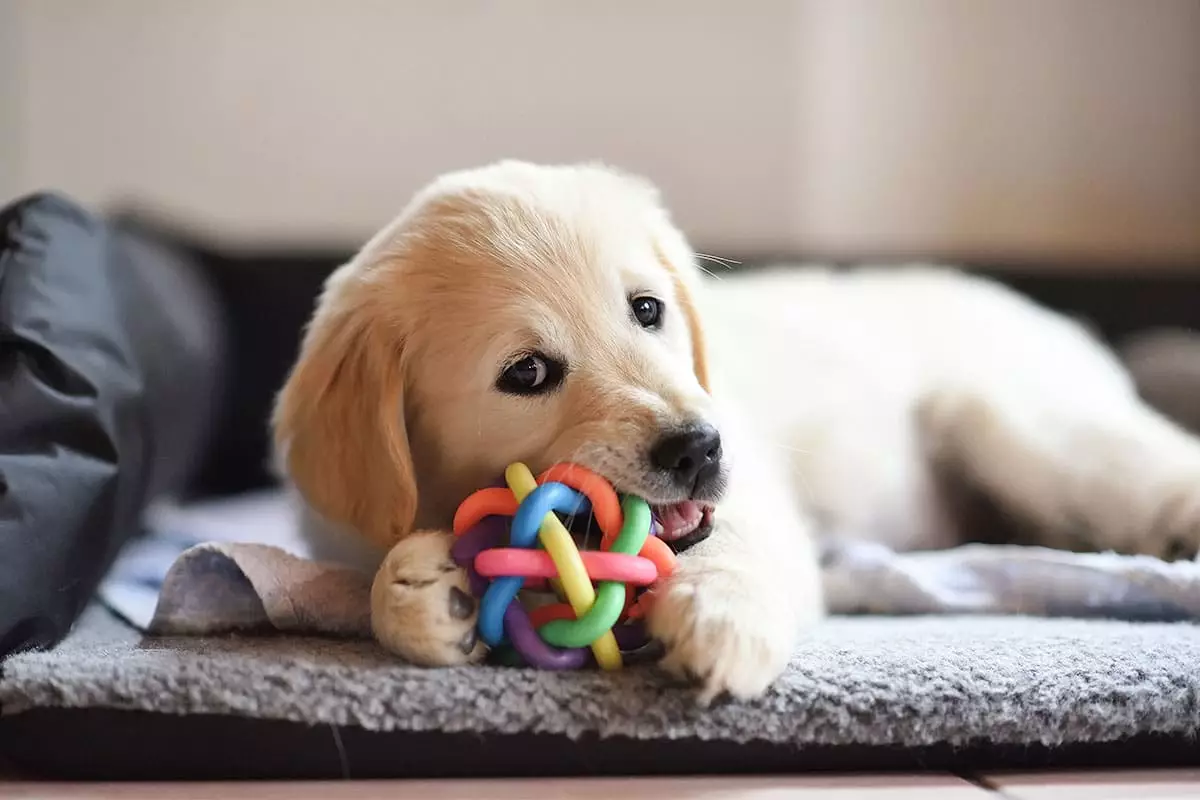If you’ve ever stumbled upon your dog’s favorite toy tucked away in the oddest of places—perhaps resting under your pillow or secreted away amidst laundry—you’re not alone. This charmingly quirky behavior isn’t just a random act; it speaks volumes about your dog’s instincts, emotions, and playful spirit. Understanding why our four-legged friends hide their toys not only deepens our empathy towards them but also enriches our bond.
Instincts Embedded in Play
Though modern dogs enjoy lavish comforts, they still retain instincts driven by survival. Historically, dogs used to stash away food and other essentials to ensure their safety and sustenance. When your dog chooses to hide its squeaky toy in the corner of the couch, it’s acting on a deeply rooted instinct—the urge to safeguard precious resources. What appears to be playful chaos can be interpreted as an echo of their ancient ways of survival, a fascinating tapestry woven into their DNA.
Claiming Ownership: A Declaration of Possession
Much like humans stake claims on property, dogs use hiding as a way to declare ownership over their beloved toys. When your pup buries that plush bone, it is not merely a game of concealment; it surfaces from a need for security and stability in their environment. This simple act of hiding symbolizes a profound statement: “This is mine.” It fosters a sense of safety for them, especially in multi-pet households where competition for attention and toys can become intense.
The Art of Savoring Joy
In some instances, dogs hide toys not out of a sense of protection but from sheer exuberance. If a toy captivates them so much that they fear destroying it prematurely, they might hide it away like a treasure saved for a special occasion. This behavior resembles a child saving the best piece of cake for last; it’s not just a game—it’s about relishing in the joy that the toy brings, punctuating moments of happiness with careful preservation.
The Strategy Behind the Stash
Interestingly, dogs may also demonstrate forward-thinking behaviors by hiding toys they aren’t actively engaged with. For these cerebral canines, stashing away a chew toy represents tactical planning, akin to putting aside a snack for a rainy day. By hiding items, they are preparing for future play sessions, thinking two steps ahead in a manner that often leaves us in awe of their intelligence.
Seeking Connection and Engagement
Engaging in the act of hiding toys can also stem from a desire for interaction. Dogs are clever creatures, and if they discover that their hiding antics elicit your attention, they may take it to the next level, turning the missing toy into an engaging game. The allure of a playful challenge—pulling you into a mystery of sorts—is a clear testament to their sociability and cleverness.
A Safe Haven for Anxious Paws
For more anxious dogs, hiding can be a coping mechanism during times of stress. Whether those pressures arise from changes in their environment, like moving to a new home or the arrival of a new family member, stashing a toy can offer solace. It allows them to create a hidden sanctuary, providing a sense of control and familiarity in an ever-changing world.
Marking Territory with Hidden Gems
Beyond basic instinct and emotional responses, hiding toys can also serve a primal purpose: territorial marking. Dogs access more than just smells to stake their claim; hiding their treasured items sends a clear message that the area around it belongs to them. This behavioral nuance might involve burying toys under pillows or in corners—not as a form of chaos, but as a sophisticated means of asserting ownership.
Playing the Role of Caregiver
Nurturing instincts can manifest in various ways for our canine companions. Dogs, especially those with nurturing predispositions, may exhibit maternal behaviors toward their toys, treating them with tenderness and care. For these dogs, a toy might symbolize a “puppy” of their own, culminating in behaviors like careful hiding and possessive carrying. This form of play brings a different dimension to their world, fostering emotions that highlight the depth of the parent-child connection.
Joy in Simple Pleasures
Finally, let’s not overlook the sheer delight dogs experience from hiding their toys without any compelling rationale. Sometimes, it’s simply about joy—an impulsive act driven by the thrill of play. They are reveling in the moment, celebrating life in a delightful and spontaneous way. It’s hard to quibble with such pure happiness, reminding us to embrace joy without overthinking.
The enchanting ways our dogs interact with their toys open a window into their captivating minds. From strategy and instinct to emotions and sheer joy, each little hiding spot reflects their personality and world view. So next time you uncover a slightly damp plushie hidden in a corner, take a moment to appreciate the nuanced language of love and joy that your dog communicates through these playful antics—it’s a heartwarming reminder of their vibrant spirit.


Leave a Reply